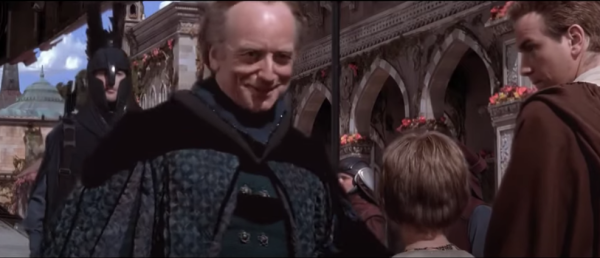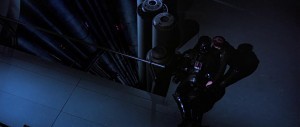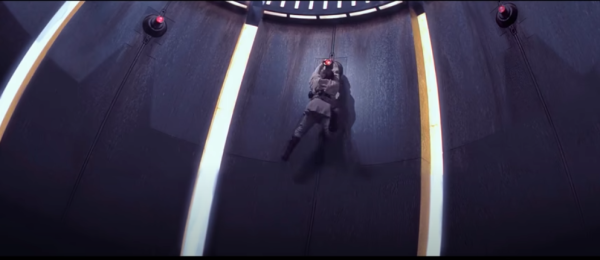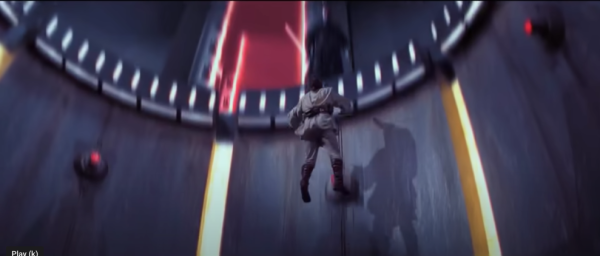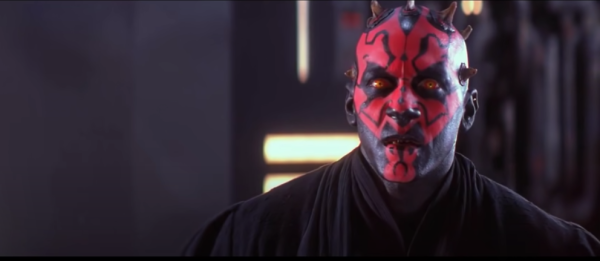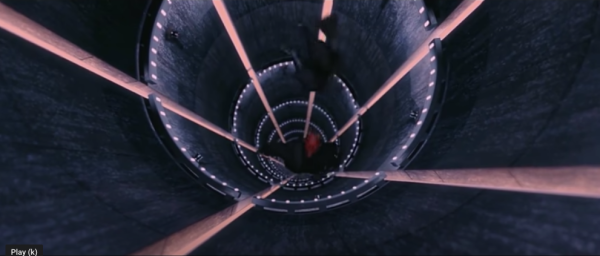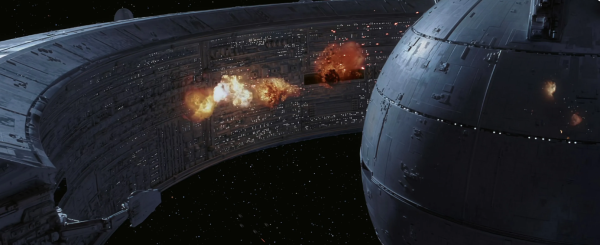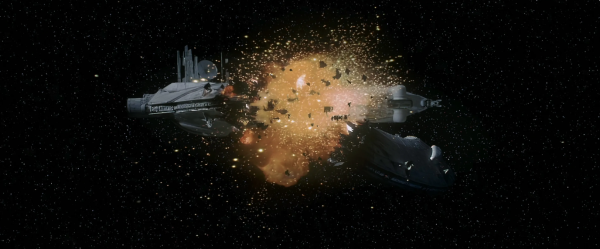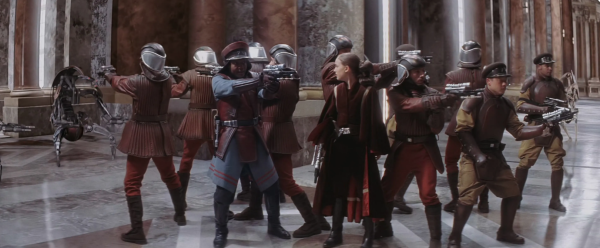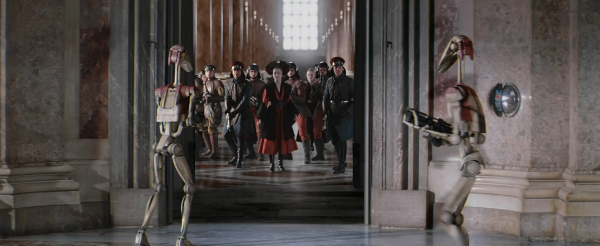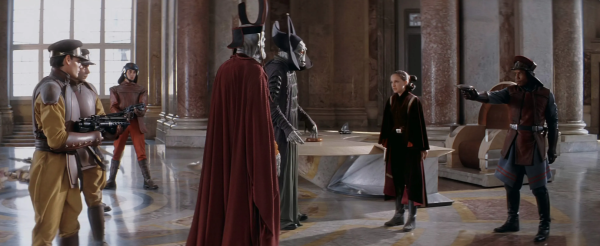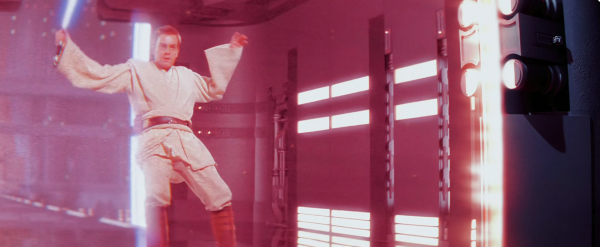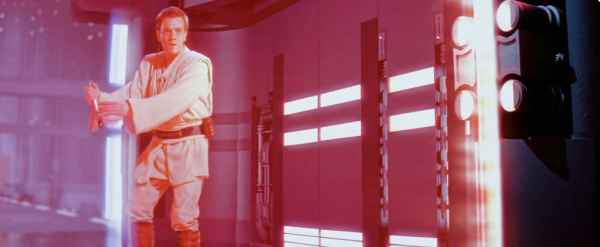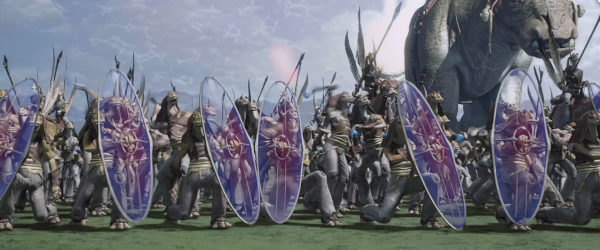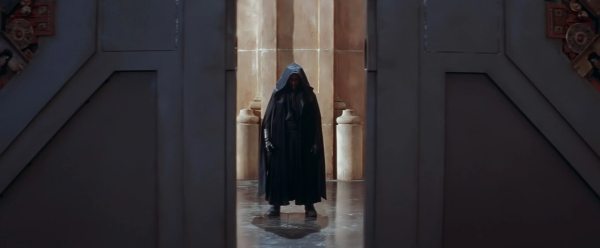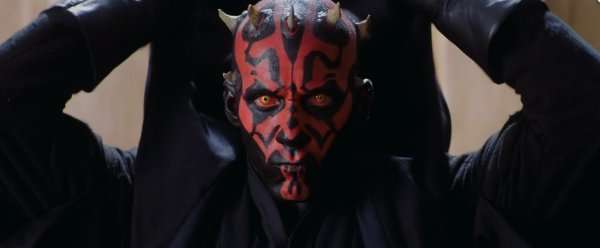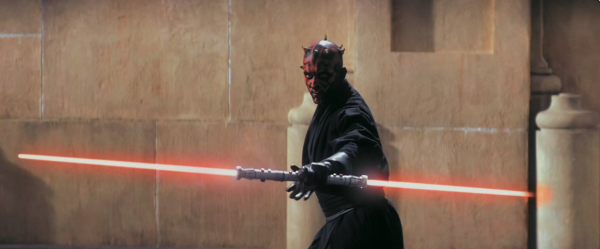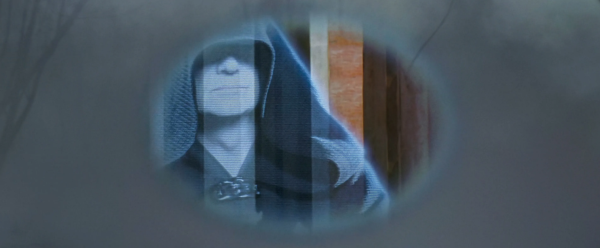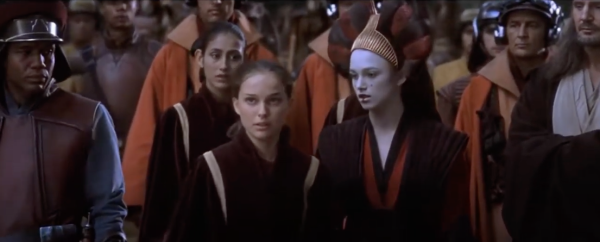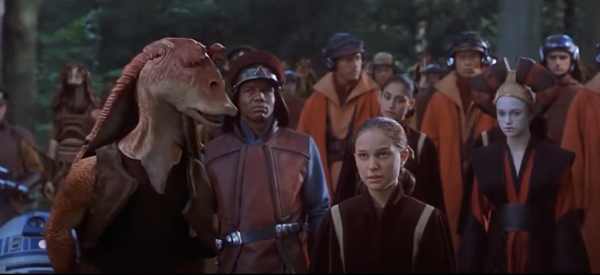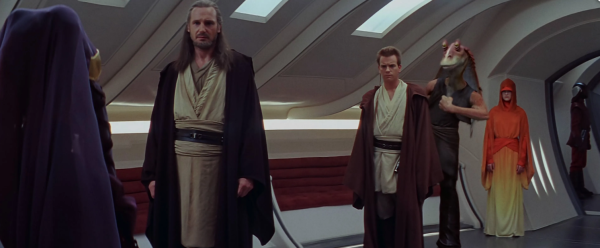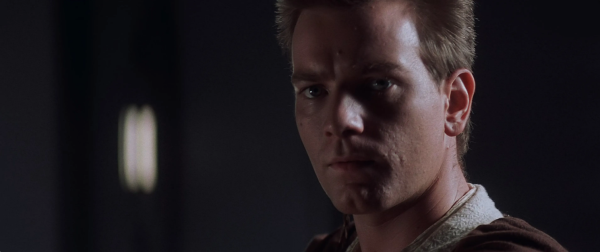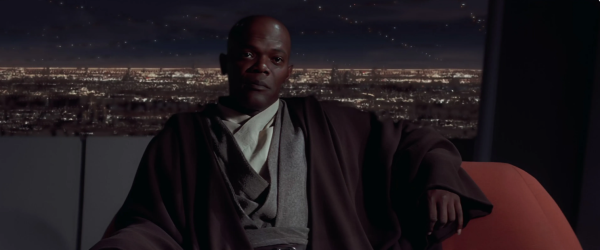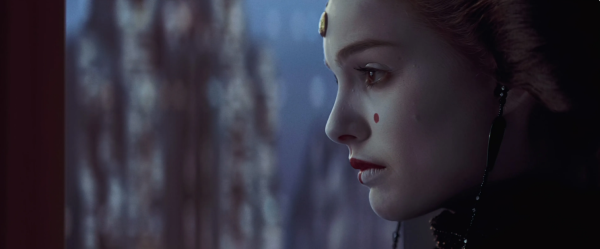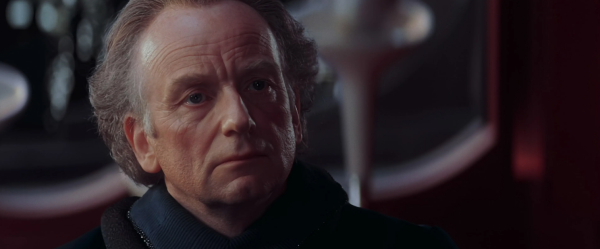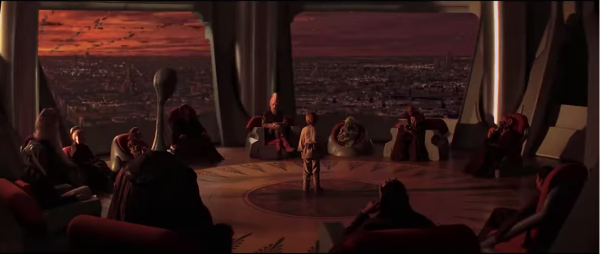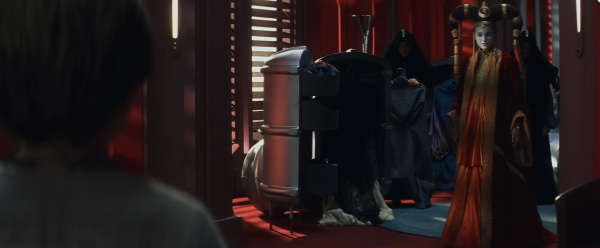A Thousand Stars: Episode I, Part 44
Nov. 10th, 2022 09:26 amThe first episode closes with a gleeful victory parade, a celebration of freedom and unity between the long-estranged Gungan and Naboo. Children are laughing, streamers are waving, everything is great. Oh, and the future Emperor watches over it all while a major-key version of his theme is playing. Eep.
Visually, there are tons of parallels with the final scene of Episode IV, first of the original trilogy. Let's compare, shall we?


Everything is bigger and grander for Episode I. Of course it is. This is a planet in its heyday, freed from the blockade, with access to the wealth of the galaxy. A scrappy Rebellion on the run has to be a slightly more economical in its celebrations. But also consider the contrast of peacetime and military situations. Everyone in the Rebellion is in uniform, standing at attention. On Naboo, they're at a party.

This is emphasized by the literal final word of Episode I. Peace. Highlighted by a shared symbol of peaceful coexistence, even.

Military medals, a smaller group -- everything is more subdued. What this shows me is how much was lost to the Empire's ravages, what they're fighting to restore. But not, perhaps, a direct return to the old status quo. There are lessons to be learned from the fall of the Republic. Perhaps decadence can make you too comfortable, too blind to the devil standing right in your midst.
So that's it for Episode I! Next time, Episode II....
Visually, there are tons of parallels with the final scene of Episode IV, first of the original trilogy. Let's compare, shall we?


Everything is bigger and grander for Episode I. Of course it is. This is a planet in its heyday, freed from the blockade, with access to the wealth of the galaxy. A scrappy Rebellion on the run has to be a slightly more economical in its celebrations. But also consider the contrast of peacetime and military situations. Everyone in the Rebellion is in uniform, standing at attention. On Naboo, they're at a party.

This is emphasized by the literal final word of Episode I. Peace. Highlighted by a shared symbol of peaceful coexistence, even.

Military medals, a smaller group -- everything is more subdued. What this shows me is how much was lost to the Empire's ravages, what they're fighting to restore. But not, perhaps, a direct return to the old status quo. There are lessons to be learned from the fall of the Republic. Perhaps decadence can make you too comfortable, too blind to the devil standing right in your midst.
So that's it for Episode I! Next time, Episode II....

